
The following is an introduction to the air-fuel ratio of the engine: Introduction: The air-fuel ratio is the ratio of mass between air and fuel in the mixed gas. It is generally expressed by the number of grams of air consumed per gram of fuel combustion. Control method: Open-loop control: The open-loop control method is usually adopted when the cold start and cooling water temperature is low.
The ratio of air quality to fuel quality in a combustible mixture is the air-fuel ratio, which indicates the mixing ratio of air and fuel. Air-fuel ratio is an important parameter when the engine is running, which has a great impact on exhaust emissions, engine dynamics and economy.
The air-fuel ratio is the ratio of mass between air and fuel in a mixed gas. The ratio of air quality to fuel quality in a combustible mixture is the air-fuel ratio, and the air-fuel ratio A/F (A: air-air, F: fuel-fuel) represents the mixing ratio of air and fuel.
1. According to your description. The air-fuel ratio of a car refers to the ratio of air to fuel quality. The normal air-fuel ratio of a car is usually 17:1. Hope to adopt, thank you.
2. The air-fuel ratio is the mass ratio between the air and the fuel in the mixed gas. The ratio of air quality to fuel quality in a combustible mixture is the air-fuel ratio, and the air-fuel ratio A/F (A: air-air, F: fuel-fuel) represents the mixing ratio of air and fuel.
3. The air-fuel ratio refers to the mass ratio of air and fuel in the mixture. It is generally expressed by the number of grams of air consumed per gram of fuel, which is suitable for mechanical engines.Air-fuel ratio: A/F (A: air-air, F: fuel-fuel) indicates the mixing ratio of air and fuel.
4. The air-fuel ratio refers to the mass ratio of air and fuel in the engine, that is, the fuel mass contained in each unit of air quality. In more detail, it refers to a certain proportion of air and fuel in the mixed gas in the engine. In this ratio, the air and fuel are accurately calculated to ensure the best performance when the engine is running.
5. Air-fuel ratio is the ratio of mass between air and fuel in a mixture. It is generally expressed by the number of grams of air consumed per gram of fuel combustion. The theoretical air-fuel ratio is 17 to 1, and the diesel is 13 to 1. I hope I can help you and hope you can adopt it.
There is an engine working parameter, which I believe has hardly been heard of or seen, but it is indeed a very important parameter, that is, the air-fuel ratio.
Among these two parameters, the horsepower of the car can better reflect the dynamics of the car. Because the higher the horsepower of the car, the better the acceleration performance of the car. In one case, the power of the car is affected by the speed, acceleration ability and climbing, which shows the importance of the horsepower of the car.
II Economic indicators Engine angle year indicators include effective thermal efficiency and effective fuel consumption rate, etc. 1 Effective thermal efficiency: the percentage of the heat generated by fuel combustion converted into effective power. The higher the effective thermal efficiency, the better the economy of the engine.
The ideal air-fuel ratio is 17:1, but the air-to-fuel ratio of the engine changes when working normally.
The difference in the air-fuel ratio of each working situation of the engine is due to the different operating state of the engine. Air-fuel ratio is an important parameter when the engine is running, that is to say, the air-fuel ratio changes at any time with the operating state of the engine. The air-fuel ratio is the ratio of the mass between the air and the fuel in the mixture.
Start-up conditions - require the supply of extremely thick mixed gas α=0.2~0.6 in a small amount. Because when the engine starts, because the engine is in a cold state, the mixture is not sufficiently preheated, and it is difficult to evaporate gasoline.At the same time, due to the low speed driven by the engine crankshaft, the air flow rate in the throat tube of the carburizer is low.
The theoretical air-fuel ratio is 17:1, but in the actual operation process, it will be adjusted according to different requirements, such as increasing the air-fuel ratio at low speed, around 16:1 to save fuel, and lowering the air-fuel ratio at high speed, about 12:1 to make the engine output sufficient Force to meet the requirements.
Air-fuel ratio: The ratio of air quality to fuel quality in a combustible mixture is the air-fuel ratio, and the air-fuel ratio A/F (A: air-air, F: fuel-fuel) indicates the mixture of air and fuel. The ratio. The air-fuel ratio is the engine operation.It is an important parameter of turning time, which has a great impact on exhaust emissions, engine dynamics and economy.
Air-fuel ratio refers to the mass ratio of air and fuel in an engine, that is, the mass of fuel contained in each unit of air quality. In more detail, it refers to a certain proportion of air and fuel in the mixed gas in the engine. In this ratio, the air and fuel are accurately calculated to ensure the best performance when the engine is running.
The air-fuel ratio is the ratio of mass between air and fuel in a mixed gas. The ratio of air quality to fuel quality in a combustible mixture is the air-fuel ratio, and the air-fuel ratio A/F (A: air-air, F: fuel-fuel) represents the mixing ratio of air and fuel.
A mixture with an air-fuel ratio greater than the theoretical value is called a dilute mixture. It has more gas and less oil, complete combustion, low fuel consumption, small pollution, but small power.The mixed gas whose air-fuel ratio is less than the theoretical value is called thick mixed gas. It has less gas and more oil and large power, but the combustion is incomplete, the fuel consumption is high, and the pollution is high. I hope my answer can help you.
The air-fuel ratio represents the mixing ratio of air and fuel. Theoretical air-fuel ratio: that is, the ratio of the minimum amount of air and fuel required for complete combustion of fuel. The theoretical air-fuel ratio of gasoline is generally about 17, that is to say, it takes 17 kilograms of air to burn 1 kilogram of gasoline.
Binance download-APP, download it now, new users will receive a novice gift pack.
The following is an introduction to the air-fuel ratio of the engine: Introduction: The air-fuel ratio is the ratio of mass between air and fuel in the mixed gas. It is generally expressed by the number of grams of air consumed per gram of fuel combustion. Control method: Open-loop control: The open-loop control method is usually adopted when the cold start and cooling water temperature is low.
The ratio of air quality to fuel quality in a combustible mixture is the air-fuel ratio, which indicates the mixing ratio of air and fuel. Air-fuel ratio is an important parameter when the engine is running, which has a great impact on exhaust emissions, engine dynamics and economy.
The air-fuel ratio is the ratio of mass between air and fuel in a mixed gas. The ratio of air quality to fuel quality in a combustible mixture is the air-fuel ratio, and the air-fuel ratio A/F (A: air-air, F: fuel-fuel) represents the mixing ratio of air and fuel.
1. According to your description. The air-fuel ratio of a car refers to the ratio of air to fuel quality. The normal air-fuel ratio of a car is usually 17:1. Hope to adopt, thank you.
2. The air-fuel ratio is the mass ratio between the air and the fuel in the mixed gas. The ratio of air quality to fuel quality in a combustible mixture is the air-fuel ratio, and the air-fuel ratio A/F (A: air-air, F: fuel-fuel) represents the mixing ratio of air and fuel.
3. The air-fuel ratio refers to the mass ratio of air and fuel in the mixture. It is generally expressed by the number of grams of air consumed per gram of fuel, which is suitable for mechanical engines.Air-fuel ratio: A/F (A: air-air, F: fuel-fuel) indicates the mixing ratio of air and fuel.
4. The air-fuel ratio refers to the mass ratio of air and fuel in the engine, that is, the fuel mass contained in each unit of air quality. In more detail, it refers to a certain proportion of air and fuel in the mixed gas in the engine. In this ratio, the air and fuel are accurately calculated to ensure the best performance when the engine is running.
5. Air-fuel ratio is the ratio of mass between air and fuel in a mixture. It is generally expressed by the number of grams of air consumed per gram of fuel combustion. The theoretical air-fuel ratio is 17 to 1, and the diesel is 13 to 1. I hope I can help you and hope you can adopt it.
There is an engine working parameter, which I believe has hardly been heard of or seen, but it is indeed a very important parameter, that is, the air-fuel ratio.
Among these two parameters, the horsepower of the car can better reflect the dynamics of the car. Because the higher the horsepower of the car, the better the acceleration performance of the car. In one case, the power of the car is affected by the speed, acceleration ability and climbing, which shows the importance of the horsepower of the car.
II Economic indicators Engine angle year indicators include effective thermal efficiency and effective fuel consumption rate, etc. 1 Effective thermal efficiency: the percentage of the heat generated by fuel combustion converted into effective power. The higher the effective thermal efficiency, the better the economy of the engine.
The ideal air-fuel ratio is 17:1, but the air-to-fuel ratio of the engine changes when working normally.
The difference in the air-fuel ratio of each working situation of the engine is due to the different operating state of the engine. Air-fuel ratio is an important parameter when the engine is running, that is to say, the air-fuel ratio changes at any time with the operating state of the engine. The air-fuel ratio is the ratio of the mass between the air and the fuel in the mixture.
Start-up conditions - require the supply of extremely thick mixed gas α=0.2~0.6 in a small amount. Because when the engine starts, because the engine is in a cold state, the mixture is not sufficiently preheated, and it is difficult to evaporate gasoline.At the same time, due to the low speed driven by the engine crankshaft, the air flow rate in the throat tube of the carburizer is low.
The theoretical air-fuel ratio is 17:1, but in the actual operation process, it will be adjusted according to different requirements, such as increasing the air-fuel ratio at low speed, around 16:1 to save fuel, and lowering the air-fuel ratio at high speed, about 12:1 to make the engine output sufficient Force to meet the requirements.
Air-fuel ratio: The ratio of air quality to fuel quality in a combustible mixture is the air-fuel ratio, and the air-fuel ratio A/F (A: air-air, F: fuel-fuel) indicates the mixture of air and fuel. The ratio. The air-fuel ratio is the engine operation.It is an important parameter of turning time, which has a great impact on exhaust emissions, engine dynamics and economy.
Air-fuel ratio refers to the mass ratio of air and fuel in an engine, that is, the mass of fuel contained in each unit of air quality. In more detail, it refers to a certain proportion of air and fuel in the mixed gas in the engine. In this ratio, the air and fuel are accurately calculated to ensure the best performance when the engine is running.
The air-fuel ratio is the ratio of mass between air and fuel in a mixed gas. The ratio of air quality to fuel quality in a combustible mixture is the air-fuel ratio, and the air-fuel ratio A/F (A: air-air, F: fuel-fuel) represents the mixing ratio of air and fuel.
A mixture with an air-fuel ratio greater than the theoretical value is called a dilute mixture. It has more gas and less oil, complete combustion, low fuel consumption, small pollution, but small power.The mixed gas whose air-fuel ratio is less than the theoretical value is called thick mixed gas. It has less gas and more oil and large power, but the combustion is incomplete, the fuel consumption is high, and the pollution is high. I hope my answer can help you.
The air-fuel ratio represents the mixing ratio of air and fuel. Theoretical air-fuel ratio: that is, the ratio of the minimum amount of air and fuel required for complete combustion of fuel. The theoretical air-fuel ratio of gasoline is generally about 17, that is to say, it takes 17 kilograms of air to burn 1 kilogram of gasoline.
Binance app download Play Store
author: 2025-01-23 04:47 Binance login
Binance login
369.68MB
Check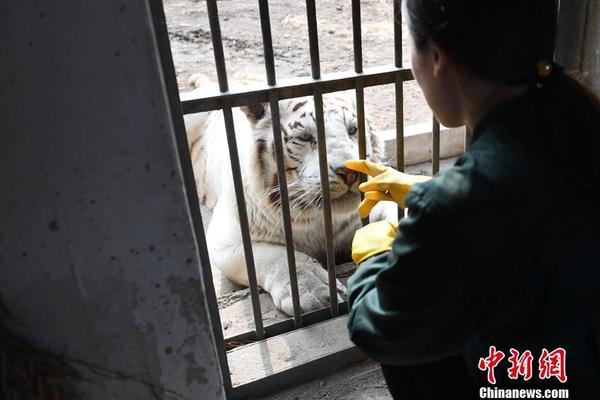 Binance download
Binance download
273.15MB
Check OKX Wallet apk download latest version
OKX Wallet apk download latest version
326.36MB
Check OKX app
OKX app
998.28MB
Check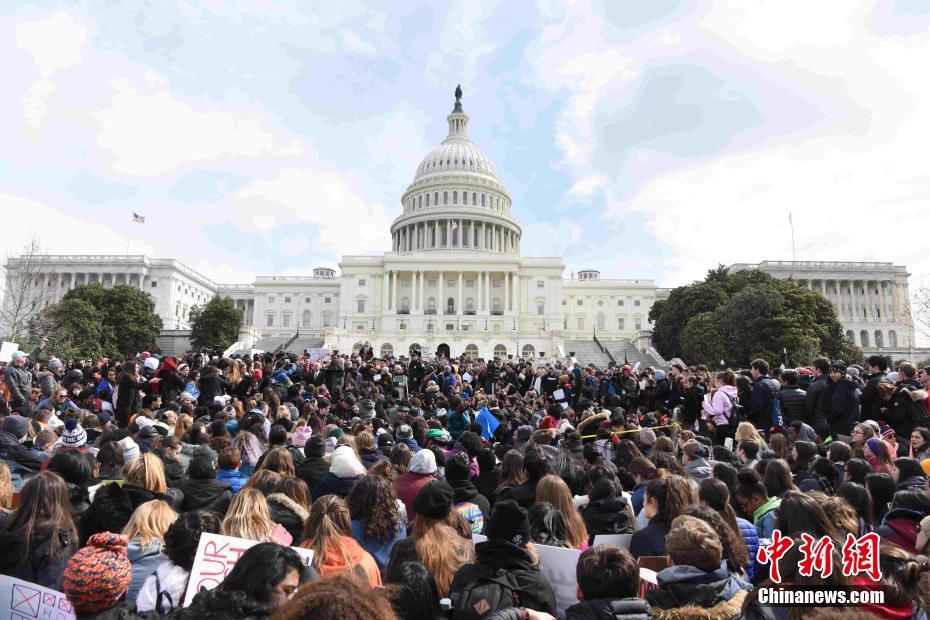 Binance US
Binance US
242.64MB
Check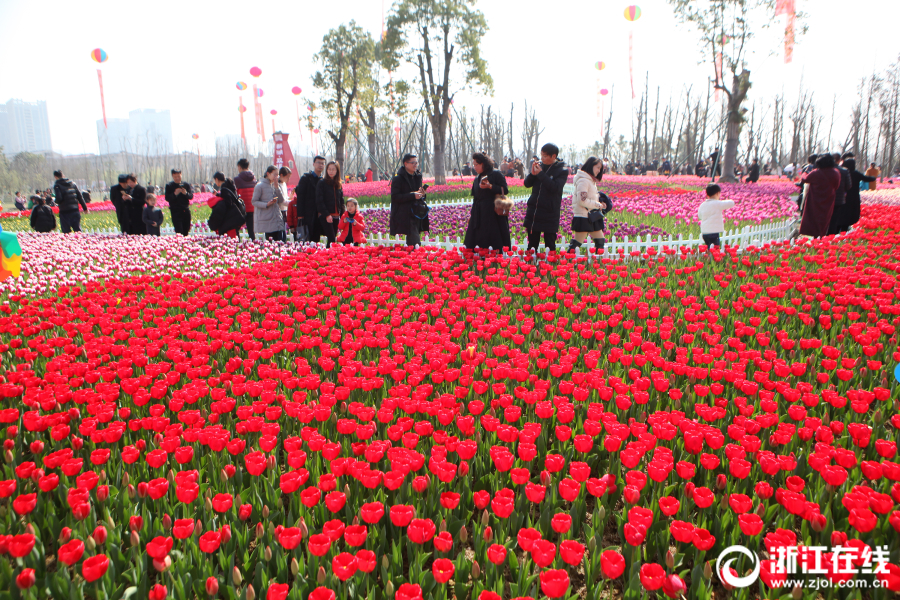 Binance wallet
Binance wallet
918.78MB
Check Binance APK
Binance APK
289.67MB
Check Binance download Android
Binance download Android
478.43MB
Check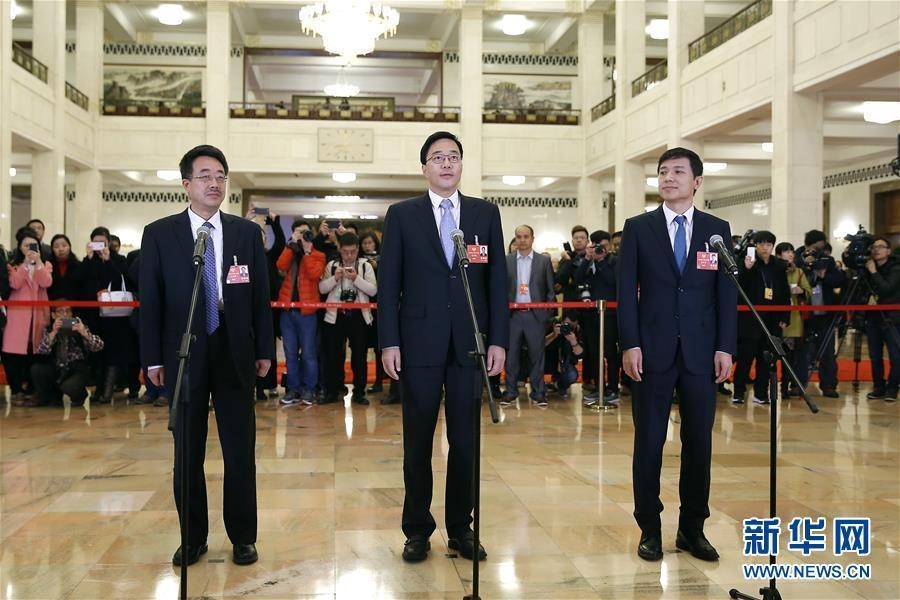 Binance APK
Binance APK
519.99MB
Check Binance Download for PC Windows 10
Binance Download for PC Windows 10
664.27MB
Check OKX app
OKX app
731.71MB
Check OKX app
OKX app
978.47MB
Check Binance app
Binance app
469.79MB
Check Binance login
Binance login
134.68MB
Check Binance download iOS
Binance download iOS
867.59MB
Check Binance exchange
Binance exchange
652.24MB
Check Binance login
Binance login
821.65MB
Check Binance APK
Binance APK
215.76MB
Check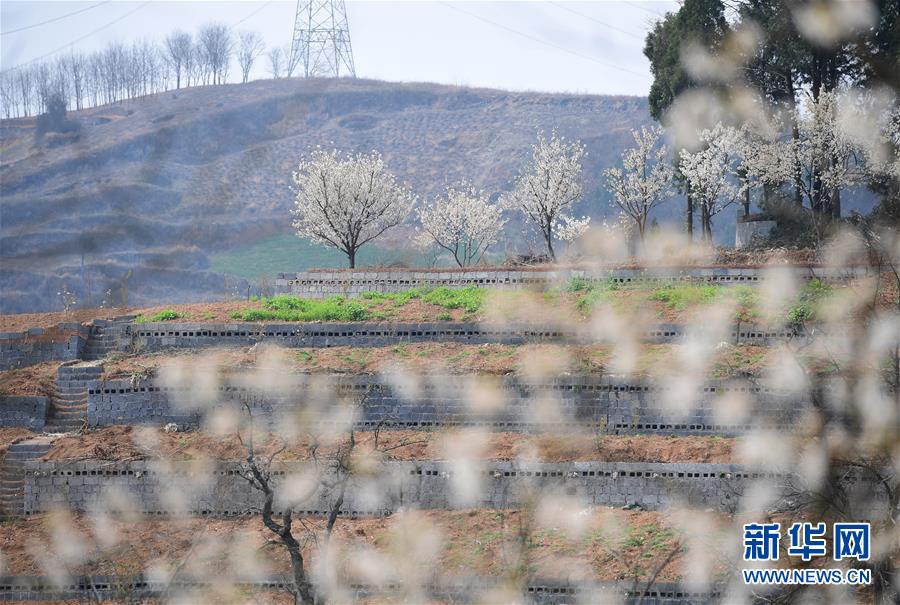 Binance app download Play Store
Binance app download Play Store
162.95MB
Check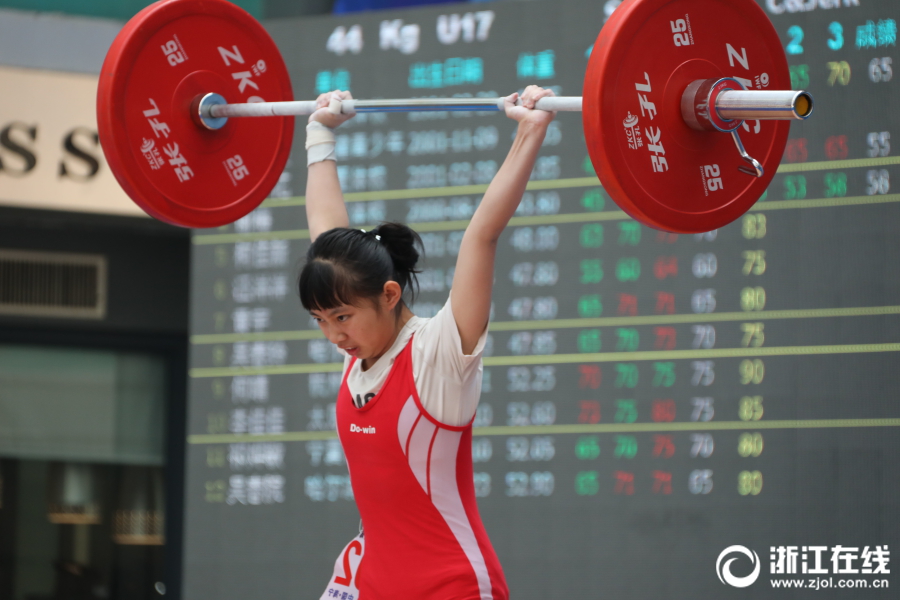 Binance US
Binance US
426.23MB
Check Binance APK
Binance APK
563.45MB
Check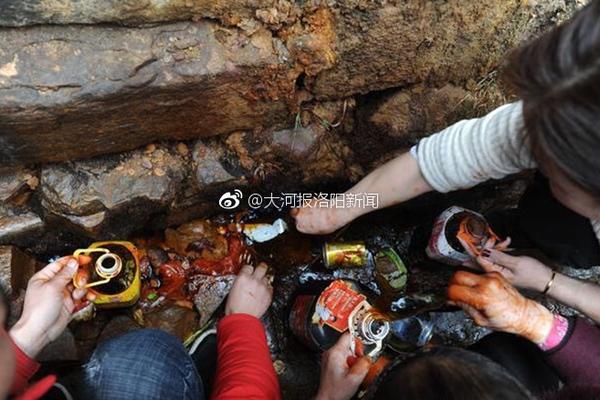 Binance exchange
Binance exchange
588.55MB
Check Binance APK
Binance APK
719.59MB
Check Binance APK
Binance APK
864.51MB
Check Binance exchange
Binance exchange
187.56MB
Check OKX Wallet download
OKX Wallet download
328.74MB
Check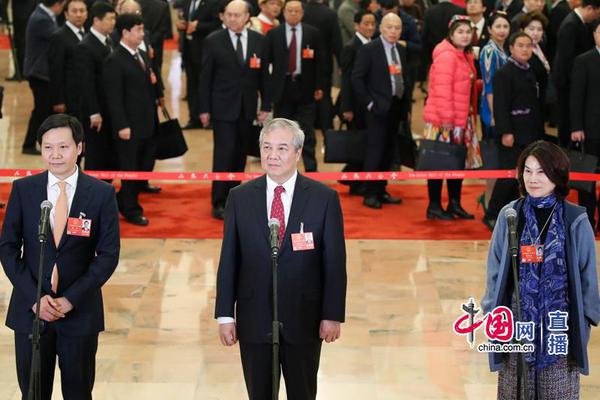 OKX Wallet app download for Android
OKX Wallet app download for Android
683.92MB
Check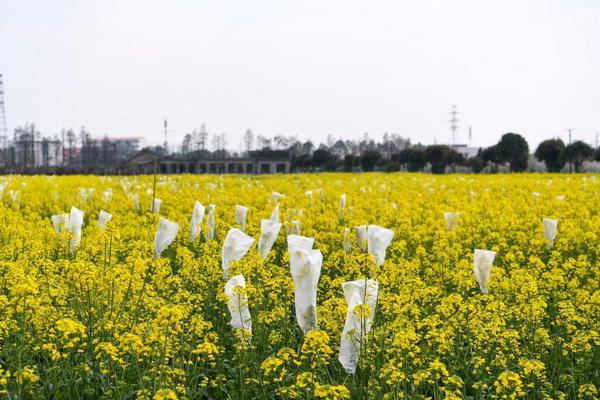 OKX Wallet apk download
OKX Wallet apk download
498.96MB
Check Binance US
Binance US
142.14MB
Check Binance Download for PC Windows 10
Binance Download for PC Windows 10
574.49MB
Check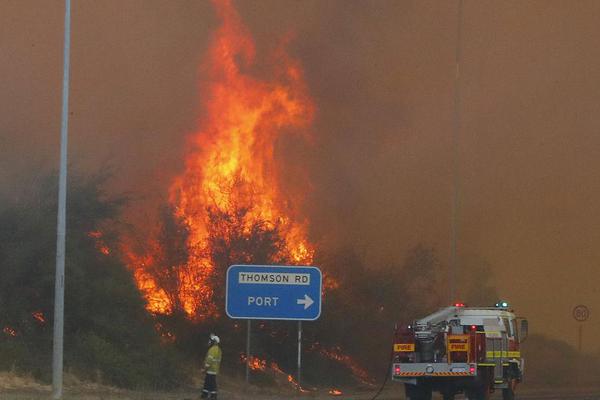 Binance app
Binance app
737.23MB
Check OKX Wallet APK
OKX Wallet APK
177.99MB
Check Binance download
Binance download
287.36MB
Check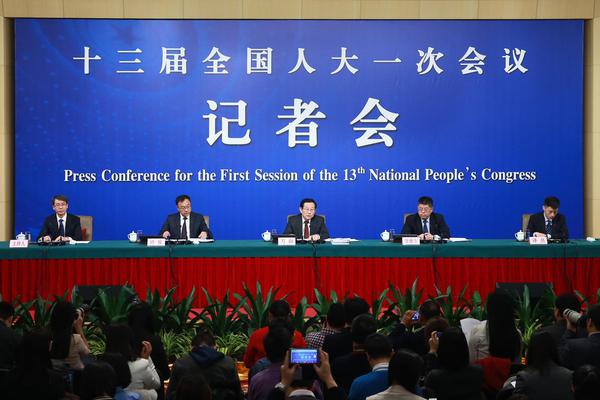 okx.com login
okx.com login
524.71MB
Check Binance login App
Binance login App
163.13MB
Check Okx app download
Okx app download
275.75MB
Check
Scan to install
Binance download to discover more
Netizen comments More
1750 耿耿于心网
2025-01-23 06:55 recommend
619 长生不死网
2025-01-23 06:45 recommend
2876 相逢狭路网
2025-01-23 06:01 recommend
1529 顾曲周郎网
2025-01-23 05:22 recommend
992 失魂落魄网
2025-01-23 04:45 recommend